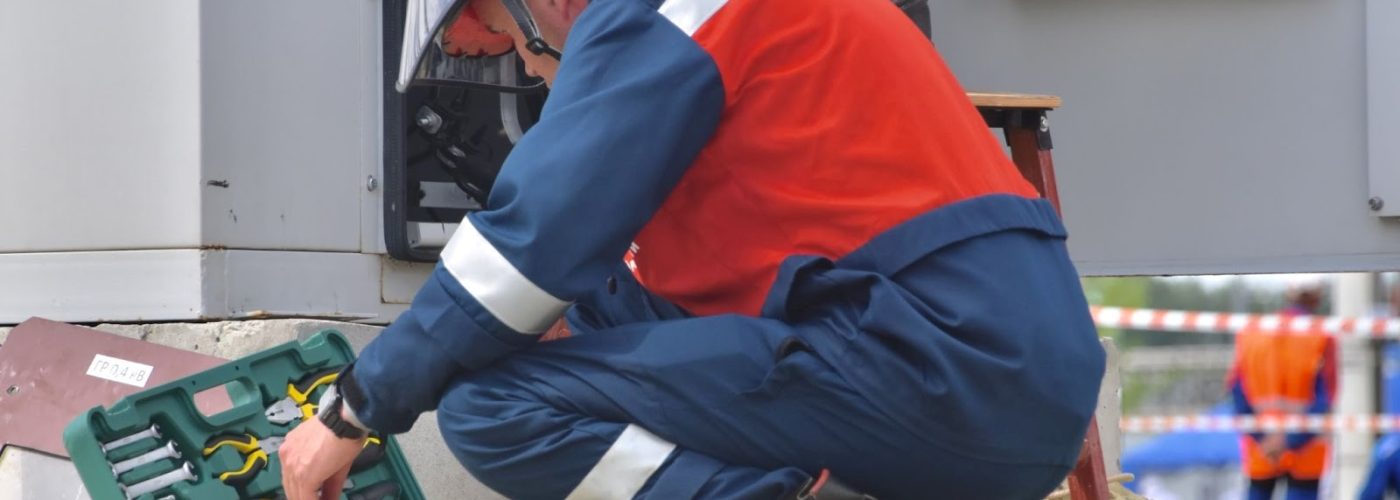The last few years have seen significant changes in legislation and regulations within the FM space such as the Fire Safety Act 2021, The Building Safety Act 2022 and the Fire Safety Regulations (England) 2022, to name a few. These changes in the industry have forced a shift in priorities and duties for those working in facility management in 2024 and beyond.
Paul Bullard, Product Director at SFG20, the industry standard for building maintenance, has shared his insights regarding how the facilities management industry will continue to evolve throughout the next year and the changes they believe will be particularly impactful for those working in the industry.
1. Building compliance in the spotlight
With the constant evolution of legislations and regulations within the FM industry, uncertainty of what tasks should be completed, how often and by whom is on the rise.
2024 will, therefore, continue to see a greater spotlight placed on proof of compliance. The industry has faced a barrage of new legislation and regulation in recent years, so it’s no surprise that compliance has risen to the top of many priority lists
The government has also ensured it will increase the number of buildings that fall within the scope of the Building Safety Act. This will make providing a thorough, digital trail of maintenance tasks a requirement for many more. Many large developers will need to commit to remedying defects in facility constructions dating back 30 years.
Building owners, property managers and contractors will need to ensure that statutory maintenance works are being carried out, that the information is up-to-date and that evidence can be provided.
2. Competence is crucial
Ensuring that maintenance tasks are being undertaken not only at the right time but also by the right person for the job is a high priority for facility managers this year.
This becomes a particular concern when a facility outsources a large proportion of its maintenance. Despite its cost-effective potential and collaboration with industry specialists, outsourcing maintenance tasks makes it more difficult for facility owners to have both visibility and control over the standard to which tasks are completed.
Although outsourced maintenance lands in the hands of industry-leading specialists, greater monitoring will be required to ensure that the quality of work will be inline with the expectations of facility owners.
3. Enhanced connectivity
Property managers are under the strain of collaborating with multiple stakeholders, from building owners to facility management consultants and engineers, who all play a crucial role in the safe and legal maintenance of a facility.
Managing extensive workforces, with a mix of internal and external resources, tends to make streamlined collaboration much trickier. In particular, ensuring the right people receive the necessary information at the right time becomes a challenge.
In a recent poll conducted by the experts at SFG20, 66% of asset owners and property managers revealed that keeping a golden thread of information about a facility up to date has been a main concern for their business. This shows that many current FM systems are not aligning in a way that helps facilitate efficient, collaborative working.
Developing and providing software solutions that enable teams to share data and work efficiently will continue to characterise industry changes in the near future.
4. AI technology dominance
AI in the FM industry offers the potential to enhance rather than replace human roles, unlocking new opportunities and insights. The new technologies available facilitate businesses to work with much larger datasets for predictive maintenance, providing a time-efficient and proactive approach to facility management.
Businesses are still under pressure to develop the necessary skills and teams to successfully work alongside AI technology for predictive maintenance, data analysis and a cost-effective allocation of FM budgets. With the current focus on ensuring compliance, facility managers will be faced with the challenge of reducing costs, an obstacle that an effective use of AI could help eliminate.
2024 has already seen a huge push to overcome these challenges and take full advantage of AI assistance within the management of facilities. This will likely continue by the means of thorough training and development opportunities for all those involved in the facility management process, to best integrate new AI technologies into business strategies.
5. Sustainability interventions at the forefront
The landscape of the UK’s built environment is on the brink of a profound transformation. The march toward carbon neutrality is poised to accelerate, propelled by technological strides, evolving governmental policies and heightened public climate awareness.
The government’s Ten Point Plan for a Green Industrial Revolution and Net Zero Strategy chart a course for this transition, setting out strategies for bolstering energy efficiency, championing low-carbon heating solutions and encouraging the construction of energy-efficient new homes. As we look towards the future, the need for sustainable facility maintenance practices will only grow. As the global urban population continues to expand rapidly, construction and, ultimately, carbon emissions will follow suit. To mitigate this, we must carefully consider and implement ways to reduce greenhouse gas emissions, such as improving the energy efficiency of existing buildings through sustainable maintenance and ensuring that new buildings incorporate this into their initial design.
Building, Design & Construction Magazine | The Choice of Industry Professionals





